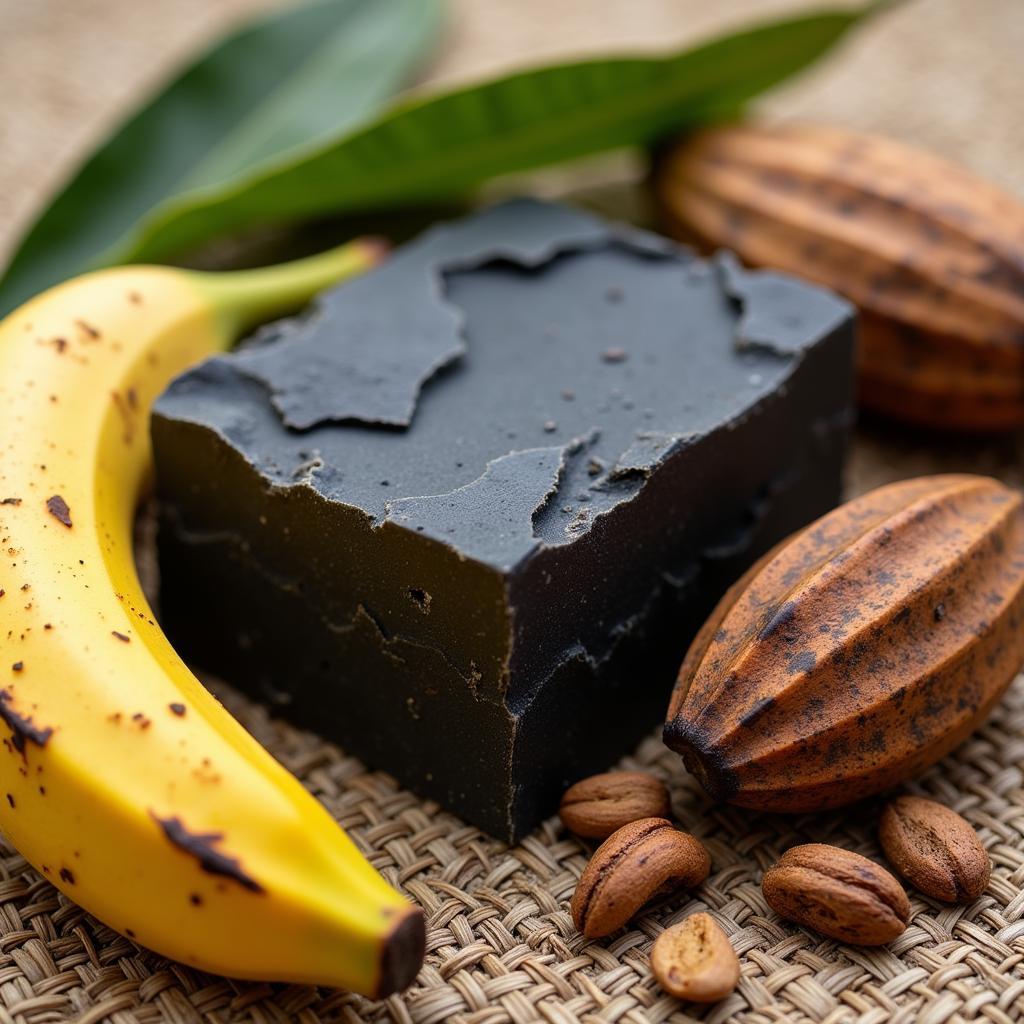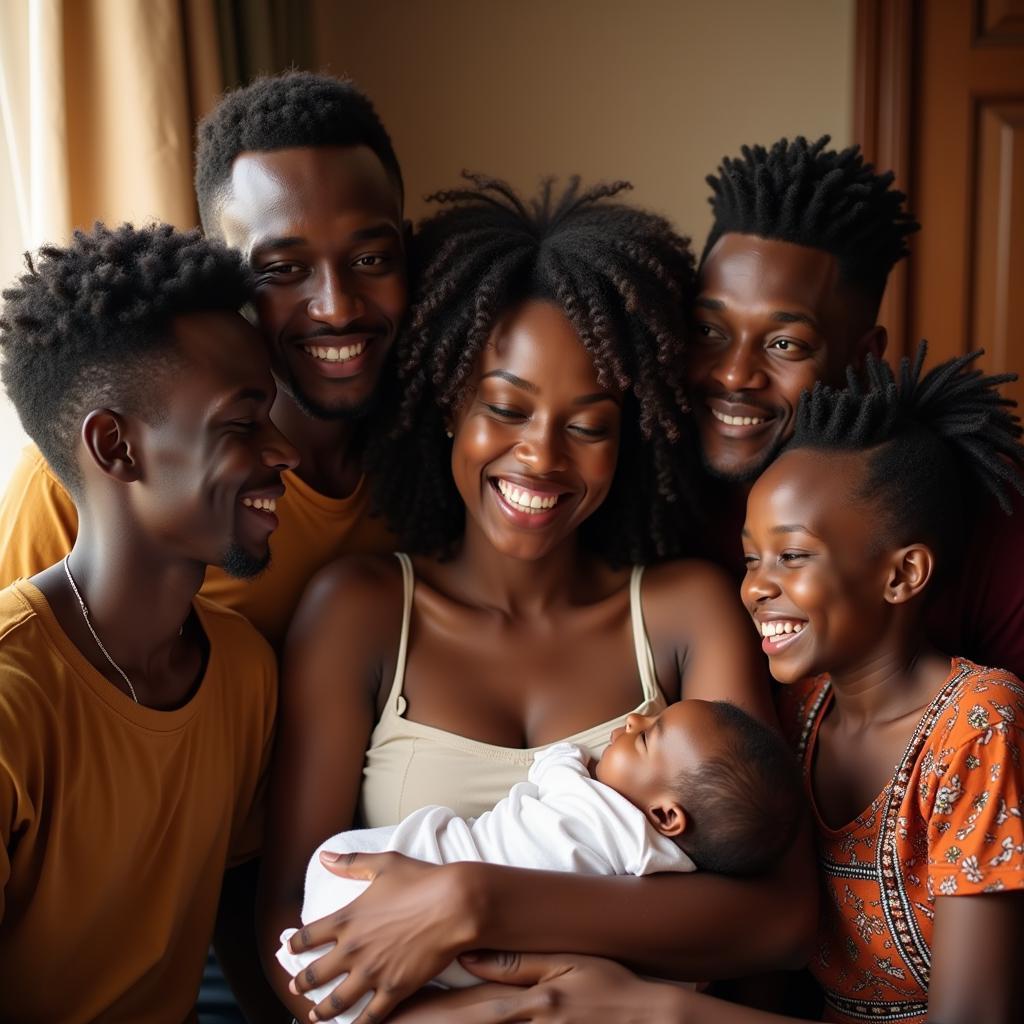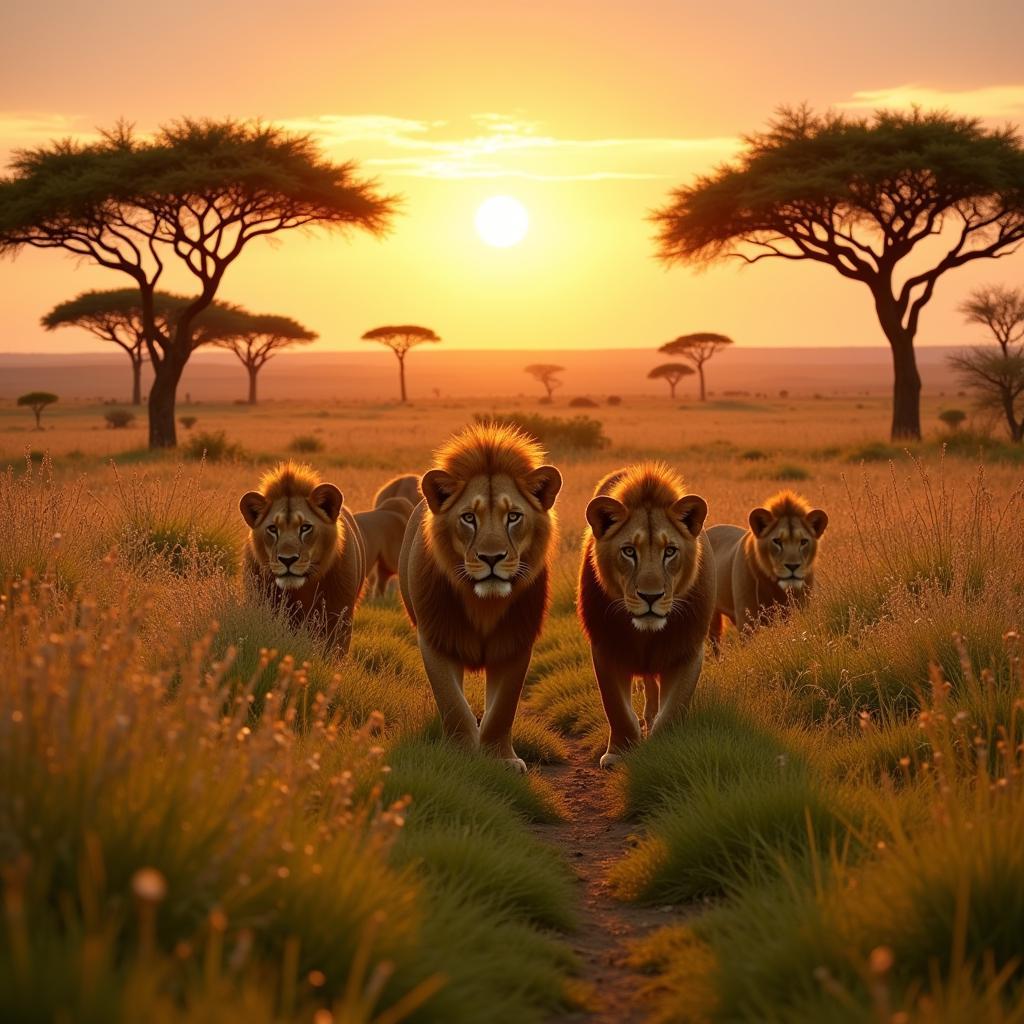African Hair Dressing: A Journey Through Tradition, Style, and Culture
African Hair Dressing is more than just a routine; it’s a rich tapestry woven with threads of tradition, history, and cultural expression. From the intricate braids of the Himba people of Namibia to the elaborate cornrows of West Africa, each style tells a story, reflecting social status, spirituality, and personal identity. For centuries, these practices have been passed down through generations, connecting individuals to their heritage and celebrating the beauty and versatility of African hair.
African hair, known for its diverse textures, from tightly coiled curls to looser waves, has inspired a multitude of unique and elaborate hairstyles. These styles are not merely aesthetic choices; they often carry deep cultural significance, marking important life events, signifying social status, or even acting as a form of communication. Let’s delve deeper into the captivating world of African hair dressing.
The Significance of African Hair Dressing
Across the continent, different hairstyles signify various aspects of life. A woman’s marital status, age, and tribe can often be determined simply by looking at her hair. Certain braids might indicate a girl’s coming of age, while elaborate updos are reserved for special occasions like weddings or festivals. For instance, the Mbalantu women of northern Namibia were renowned for their elaborate headdresses that symbolized their marital status and number of children.
This cultural significance extends beyond personal identity. The process of hair dressing itself is a communal activity, strengthening social bonds between women. It’s a time for storytelling, sharing wisdom, and reinforcing community ties. These traditions are a powerful testament to the importance of hair in African culture. Here’s a look at some of the popular hair dressing techniques across the continent:
- Braiding: Perhaps the most recognizable form of African hair dressing, braiding comes in countless variations, each with its own unique meaning and aesthetic. From simple cornrows to intricate patterns, braiding is both a practical and artistic expression.
- Twisting: Similar to braiding, twisting involves intertwining strands of hair to create intricate styles. Twisting is often used to protect hair and promote growth.
- Weaving: Weaving involves adding extensions to natural hair to create length, volume, and different styles. It’s a versatile technique that allows for a wide range of looks.
- Dreadlocks: Formed by allowing hair to mat and lock together, dreadlocks are often seen as a spiritual expression and a symbol of connection to one’s roots. They have a rich history and significance in various African cultures.
You may also be interested in learning about African American infant hairstyles.
Exploring Regional Styles and Techniques
From North to South, East to West, African hair dressing techniques vary greatly, reflecting the diversity of the continent. In North Africa, henna is often used to decorate hair and create intricate patterns. West Africa is known for its elaborate braiding styles, often adorned with beads and cowrie shells. East African hair traditions often incorporate natural ingredients like butter and oils to nourish and style the hair. Southern African styles often feature elaborate headwraps and intricate braiding patterns.
What are some common hair care practices in different regions of Africa? Many regions rely on natural ingredients like shea butter, coconut oil, and aloe vera to moisturize and protect hair. These natural remedies have been used for centuries and are integral to maintaining healthy and vibrant hair.
Modern Interpretations of Traditional Styles
While traditional styles remain deeply valued, modern influences have also shaped African hair dressing. Many stylists are now blending traditional techniques with contemporary trends, creating innovative and stylish looks that resonate with a younger generation. The use of hair extensions, vibrant colors, and unique accessories has become increasingly popular, adding a modern twist to classic styles.
Where can I find a qualified African American dermatologist? Finding a dermatologist specializing in African American hair can be beneficial for addressing specific hair and scalp concerns.
African American hair loss around edges can be a concern for some. Understanding the causes and treatments can help maintain healthy hair.
Preserving Cultural Heritage Through Hair
African hair dressing is not just about aesthetics; it’s about preserving a rich cultural heritage. By passing down these traditions through generations, communities are ensuring that these unique art forms continue to thrive. The stories told through each braid, twist, and weave connect individuals to their ancestors and reinforce a sense of belonging.
Are there any resources available for learning more about African hair vector designs? You might find resources online showcasing African girl hair map vector designs that could be useful for artistic projects or cultural studies.
Conclusion
African hair dressing is a vibrant and dynamic art form that continues to evolve while staying deeply rooted in tradition. It’s a testament to the creativity, resilience, and cultural richness of the African continent. By understanding and appreciating the significance of these practices, we can celebrate the beauty and diversity of African hair and its powerful role in shaping identity and community. Explore the captivating world of African hair dressing and discover the stories it tells.
FAQ
- What are some common African hair care practices?
- How long does it take to create intricate African hairstyles?
- What are the cultural significance of different African hairstyles?
- Where can I learn more about African hair dressing techniques?
- Are there any online resources for finding African hair stylists?
- What are some tips for maintaining healthy African hair?
- How can I incorporate traditional African styles into my modern look?
Common Situations and Questions
- Situation: You’re attending a traditional African wedding and want a hairstyle that is both respectful and stylish. Question: What are some appropriate hairstyles for a formal African event?
- Situation: You’re interested in learning how to braid your own hair in traditional African styles. Question: Where can I find tutorials or classes on African braiding techniques?
- Situation: You want to use natural ingredients to care for your African hair. Question: What are some effective natural hair care remedies for African hair?
Further Exploration
Explore our other articles on related topics such as African American hair care tips and the history of African hairstyles.
Contact Us
For further assistance, please contact us at Phone: +255768904061, Email: kaka.mag@gmail.com or visit our address: Mbarali DC Mawindi, Kangaga, Tanzania. We have a 24/7 customer support team.



